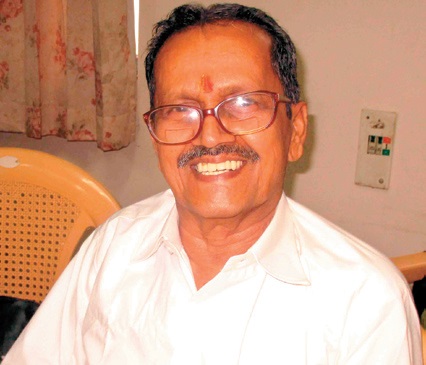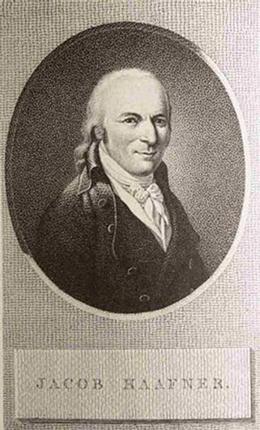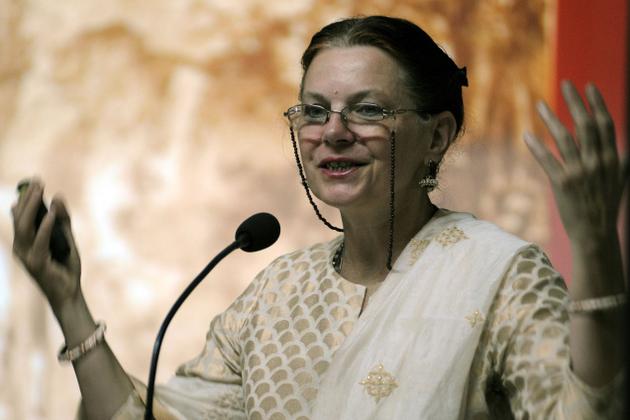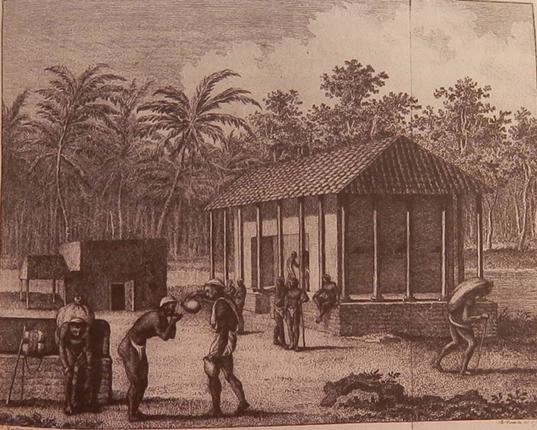Monthly Archives: September 2016
35th
34th
Village in Salem wins National Literacy Award
The Vatta Muthampatti village panchayat in the district has won the prestigious National Literacy Award for the successful implementation of the adult literacy (Karkum Bharatham) programme-2016.
Vatta Muthampatti is the only village panchayat in Tamil Nadu to win this prestigious national award.
Of the total population of 3,929, a total of 3,159 women in the age group of 14-35 years were found to be illiterates a few years ago. All the illiterates have now become literates thanks to the implementation of the Central Government sponsored ‘Karkum Bharatham’ (Saakshar Bharat), an adult literacy programme exclusively for women.
Raja alias Killivalavan, president of the Vatta Muthampatti panchayat, received the coveted ‘Saakshar Bharat National Literacy Award” from Pranab Mukherjee, President of India, in the presence of Prakash Javedekar, Union Human Resource Development (HRD) Minister, at a function held in connection with the Adult Literacy Day in New Delhi recently.
The ‘Karkum Bharatham’ programme implemented by the Union Ministry of Human Resource Development was introduced in Salem district in October 2010 with the objective of covering more than 3.51 lakh illiterate women in the age group of 14-35 years.
Salem is one of the nine districts in Tamil Nadu where this programme is under implementation.
The illiterate women of Vatta Muthampatti panchayat were identified through special campaigns and imparted training in basic literacy at the Karkum Bharatham literacy centres. Specially trained Plus-Two completed youths were selected as resource persons.
The National Institute of Open Schooling (NIOS), New Delhi, and the National Literacy Mission (NLM) conducted the examinations twice a year in March and October since this programme was introduced in the district, on behalf of the HRD Department, to assess the basic literacy talent admitted to the literacy centres. After the examinations, it declared that all the 3,159 women of the district have completed the literacy programme and emerged successful in the examinations. It declared Vatta Muthampatti as a totally literate village panchayat.
All the 3,159 women have been declared as ‘certified learners’ now, according to D. Thangavelu, district coordinator of the Karkum Bharatham programme.
Successful candidates were given certificates by the NIOS.
Second time
The Salem district has achieved the rare distinction of receiving the national level ‘Saakshar Bharat National Literacy Award’ for the second year in succession.
The tribal Palamalai village panchayat in Kolathur block received the award last year, followed by the Vatta Muthampatti panchayat this year.
During both the years, Salem is the only district to receive this award this year, even though the ‘Karkum Bharatham’ programme is under implementation in nine districts in the State for the past five years.
This is a rare distinction, said Dr. Thangavelu, district coordinator of Karkum Bharatham.
source: http://www.thehindu.com / The Hindu / Home> News> Cities> Coimbatore / by Syed Muthahar Saqaf / Salem – September 27th, 2016
30th
29th
28th
Vocalist O S Arun to screen documentary on Alapana Trust
Chennai :
Vocalist O S Arun is renowned in the field of Carnatic music. But only a few are aware of his mission to enrich the lives of the less privileged through music. Arun is organising the screening of the documentary, ‘Ratna Sangamam,’ in Chennai on September 30 to raise awareness about the work he is carrying out through his charitable organisation Alapana Trust.
“The 28-minute documentary, directed by S P Kanthan, will showcase our community service projects,” says Arun, who established the trust in 1998.
“We initially formed it to promote music. We have been regularly organising festivals of classical music and dance, youth festivals that give a platform to youngsters, workshops and lectures on music in different places,” says Arun, adding that eminent artistes such as Leela Samson, Chitra Visweswaran, Bombay Sisters, and the Hyderabad Brothers have performed for the trust in the past.
However, three years ago, Arun and his wife felt that there was something missing. “After singing for more than 30 years, I wanted to give back to society and do something meaningful that gave me more satisfaction,” says Arun. So the couple approached old age homes, orphanages and organisations that worked with children with autism and Down syndrome as well as visually challenged children.
“We wanted to go to these places and perform for them as it would be difficult for them not just to buy tickets for concerts but also transport people to the sabhas,” says Arun, who began the initiative by performing at Annai Illam, an old age home in Mylapore.
“I had sung in many sabhas and for corporates, but I was initially nervous as to how the people would respond,” he says. “But to my surprise, everyone was very enthusiastic and even sang along.”
The trust also tries to support each centre that they visit in whatever way they can. “We do an anna danam and feed people there. At Annai Illam, we also gave sarees to elderly women. In another centre near Trichy, we gave them gave an entire month’s provision. In another old age home in Thanjavur district, we gave mattresses to the elderly as theirs were worn out and we also repaired the roof of an orphanage in Chengalpet,” says Arun.
However, funds are scarce as he has so far been doing it in an individual capacity. And that’s where the idea of ‘Ratna Sangamam’ took seed. “People told me that I should spread more awareness about the initiative so that more people can contribute. Since we already had video footage of all our events, we just had to script the documentary,” says Arun.
‘Ratna Sangamam’ will be screened at the Bharatiya Vidya Bhavan auditorium at 6:30pm on September 30. It will be followed by a concert by O S Arun at 7pm. “The show is free,” says Arun. “On the occasion, we will also be gifting musical instruments to a few autistic children from The Lotus Foundation.”
source: http://www.timesofindia.indiatimes.com / The Times of India / News Home> City News> Chennai / Priya Menon / September 27th, 2016
23 and counting, earning degrees is this Erode lawyer’s favourite pastime
Erode :
He holds a record that is not easy to beat. A lawyer based in Erode, K K M Kesavan has to his credit, a PhD in Legal Aid, 14 master’s degrees and eight PG diplomas to his credit. And he is 75!
Now, he is in the second year of a correspondence master’s programme, even as 2017 will mark the golden jubilee of his legal career. Among his degrees are MA in English, Political Science, History, Sociology, Economics, Public Administration, MCom, MSc in Education Management and MBA, besides his degree in lawfrom the universities of Periyar, Annamalai, Bharathiar and Alagappa.
His success in life was achieved against the odds as his family was neither well off nor highly educated. Born to a small farmer in Arathil village in Kannur district of Kerala (then in the Madras Presidency), his mother died when he was just a year old.
In 1959, Kesavan came to Erode and joined his uncle Sankar, who owned a small hotel. He got a bachelor’s degree in Commerce from Delhi University through correspondence and then studied BL in Bangalore University.
Kesavan joined as a junior advocate under V S Venkatrama Ayyar, who later became a High Court judge. He then worked under A P Chinnasamy. Later, he started his own practice.
“As my seniors mostly handled civil cases, I have attended over 2,500 civil cases so far and won nearly 80 per cent of them,” he recalls.
Of the 45 juniors who have worked with him, seven became magistrates and munsifs. There are now four juniors working with him.
Kesavan’s quest for learning started at a young age and continued even after he started working as a lawyer, as per the advice of an uncle, Vasudevan, a school teacher in Erode.
Practising actively in Erode, Kesavan has held the president’s post of advocate associations several times and is now the joint secretary of the AIADMK lawyers wing.
His son K S Jeyaganesan is a Central government pleader in the Chennai High Court. His daughter, also based in Chennai, is a Bhartanatyam exponent. She had served as a college lecturer for a while.
Proper use of time is the secret to his achievement. “All of us get the same 24 hours a day. How we utilise it, is important in coming up in life,” says Kesavan.
His wife, Savithri, should also get some credit for it. As she took all responsibility for the family, he was able to focus completely on his work and studies. The author of many articles on law, Kesavan’s only pastime is reading.
On the judiciary front, Kesavan suggests a National Judicial Academy to select judges for high courts. It should also conduct tests for the judges before elevating them to the Supreme Court.
This method, along the lines of IAS selection, would end the present controversy over the collegium system, which is not transparent.
source: http://www.newindianexpress.com / The New Indian Express / by Express News Service / September 26th, 2016
A traveller’s tale
The Madras of 200 years ago was a place of beautiful architecture, Nature and women, in equal parts — at least in the eyes of Dutchman Jacob Haafner (1754-1809). A traveller in the latter part of the 18th Century, Haafner’s record of works shows that he had been in Madras for a year and a half; in Negapatam for six years; and in Calcutta and Pondicherry among other places, for a few months. In all, he spent 13 years in India and Sri Lanka between 1771 and 1787. All through his travel, he sketched and wrote whatever he saw, in its rawest sense — all in Dutch.
Enter Bharatanatyam dancer and historian Liesbeth Pankaja Bennink. After her arangetram in 1981 in Amsterdam, and graduation from Rijksuniversiteit Utrecht (The Netherlands), she came to India to research on Indian culture and dance. She joined Raja Deekshithar (1949-2010), an independent researcher and a scholar belonging to the Chidambaram Nataraja temple. It was during her research on the temple, around six years ago, that Liesbeth chanced upon Haafner’s writings.
Two worlds, two centuries apart, collided.
During a recent lecture at The C.P. Ramaswami Aiyar Foundation, Liesbeth, who is translating Haafner’s biography into English, spoke about what hooked her to his works, and how his writings present a glimpse of the India of the past.
Excerpts:
What happened after you discovered Haafner’s works?
I had just finished translating a piece by a Frenchman about the Chidambaram temple, written in 1734. Then I came across a piece on dancers by Haafner. He had written about devadasis or temple dancers, and also dancers, who travel in troupes from place to place and perform for the public. His writings offer great insight into their lives in this period, as he had a passionate love affair with one of them named Mamia. He includes details of their dress, music and make-up. I didn’t stop with the dancers though; I read all his works {books on his journey from Madras to Ceylon via Tranquebar, his sojourn in Negapatam, journey along the Coromandel Coast, journey to Bengal and return voyage to Europe}. Most of them have been translated into German, French and Swedish. English, not so much. But, I didn’t find anything about the Chidambaram temple.
Any other structures of today that find mention in his works?
In his book, Travels by Palanquin {he journeyed comfortably in them, for most part}, he writes about the science and art that went into the making of the seven temples of Mahabalipuram. He calls it ‘one of the most beautiful and largest palaces of our time’ and compares it with the ‘miracles of Egypt’. He also mentions the small choultries that hosted visitors for free, soothsayers, the ritual of Naga puja, children engaging in group study, the different kinds of snakes {he suffered a snake bite during his stay} and temple tanks. He had also sketched a scene of Mamia rushing towards him, in the background of the temple tank, and a group of women clad in wet clothes. But I haven’t been able to trace the temples with the names mentioned by Haafner.
Does he delve into politics in his writings?
He was clearly against colonisation and looting. He considered the English greedy, and argued for the complete withdrawal of all imperial powers from their respective colonies {probably the reason why his books weren’t translated into English}. Not just that, he had great respect for Indian culture, and was actively involved in the study of Indian languages {he knew Tamil, Urdu, Hindi, Sanskrit and Telugu}. He has translated a part of the Ramayana into Dutch, a 300-page book that was published in 1823.
Do you find all the accounts to be true?
I wish I could find his diaries. They would have more content, in its truest sense, than the books. I think that the writer might have taken the liberty to exaggerate the situations on a few occasions. Like one where he describes falling into a dark tunnel, somewhere near Vizag, and walking through carcasses in the dark before coming out the other side into a whole new land; his description of a snake that is 70 feet long, that is about to swallow him; or Mamia dying in his arms in a very cinematic way; or him engaging in an action-packed fist fight with the locals and defeating them (laughs).
source: http://www.thehindu.com / The Hindu / Home> Features> Metroplus / by Naveena Vijayan / Chennai – December 22nd, 2015



